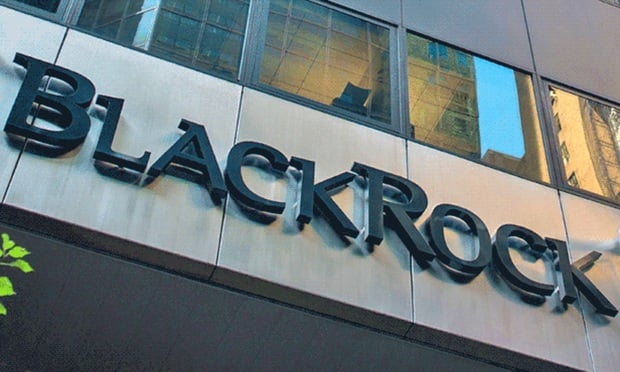Although most employers track absenteeism, they're failing to take the extra effort to manage and mitigate absenteeism, according to a new survey by ADP Research Institute.
"Our survey shows that most employers in the U.S. do not conduct systemic benchmarks and do not fully quantify the impact of absence on their business," says Tim Clifford, president of benefits services and talent management at ADP. "Although companies are aware of the resulting losses in productivity, many are unwilling or unable to take explicit steps to control absenteeism. As employers move toward automation of human capital management, we see a clear need for the effective integration of total absence management programs with existing payroll and HR platforms."
The survey reveals that respondents from large companies are facing a higher average annual rate of absenteeism at 3.5 percent as opposed to respondents from mid-size companies at 3.2 percent. While 50 percent of respondents from mid-size companies and 54 percent of respondents from large companies agree absenteeism has reduced productivity, 30 percent of respondents from mid-size and 36 percent of respondents from large companies also say absenteeism has hurt profitability. In fact, 28 percent of respondents say they are facing higher increased operational costs.
Recommended For You
The main reason for absenteeism is health care-related issues as they account for approximately half of all absences among respondents. Of the respondents offering wellness programs, 53 percent of respondents from mid-size companies and 58 percent of respondents from large companies believe it has helped improve the absenteeism rate.
Forty-seven percent of respondents from large companies are more likely to discipline for absenteeism as opposed to 35 percent of respondents from mid-size companies. Additionally, respondents from large companies are more likely than to analyze why employees are missing work and identify opportunities to offer additional health and wellness benefits at 27 percent. Only 13 percent of respondents from mid-size companies are likely to do so.
For respondents from mid-size companies, they are more likely to use manual methods to track absence at 49 percent, ensure compliance at 52 percent and apply absence policies at 56 percent. Respondents from large companies, however, typically employ a mixture of manual and automated work flow processes as well as specialized software.
© Touchpoint Markets, All Rights Reserved. Request academic re-use from www.copyright.com. All other uses, submit a request to [email protected]. For more inforrmation visit Asset & Logo Licensing.






